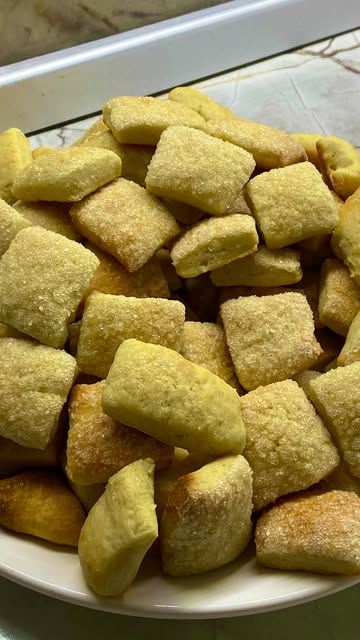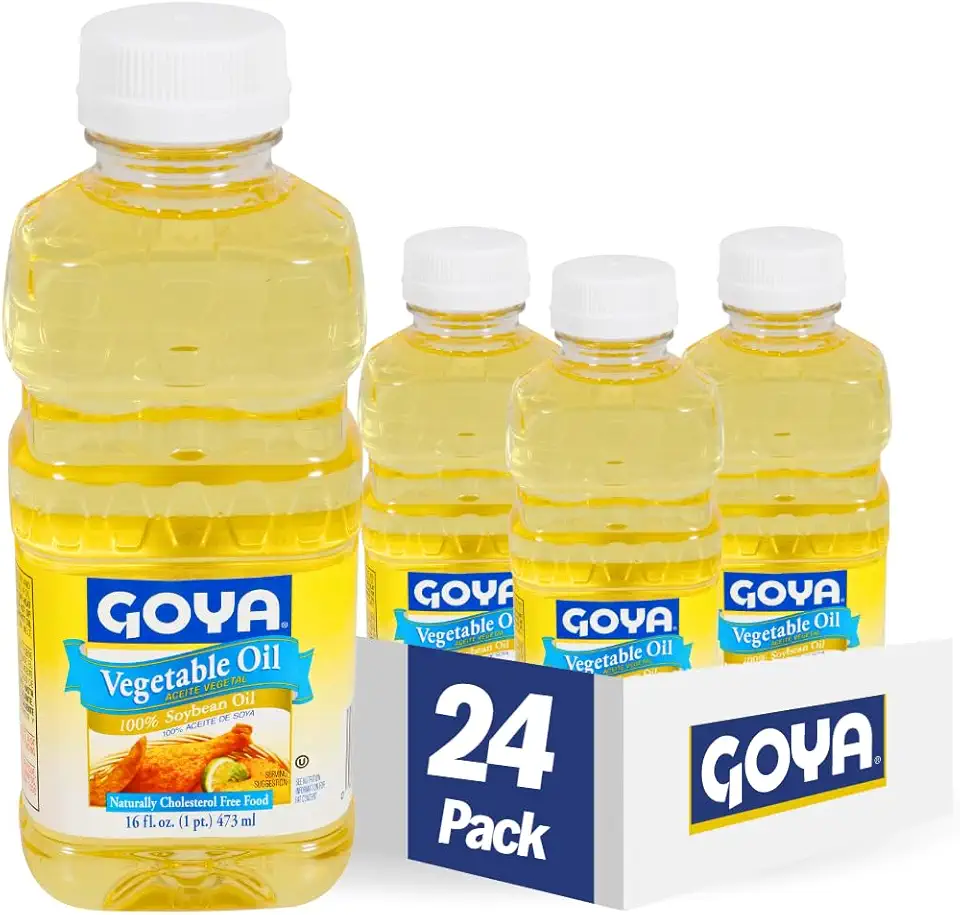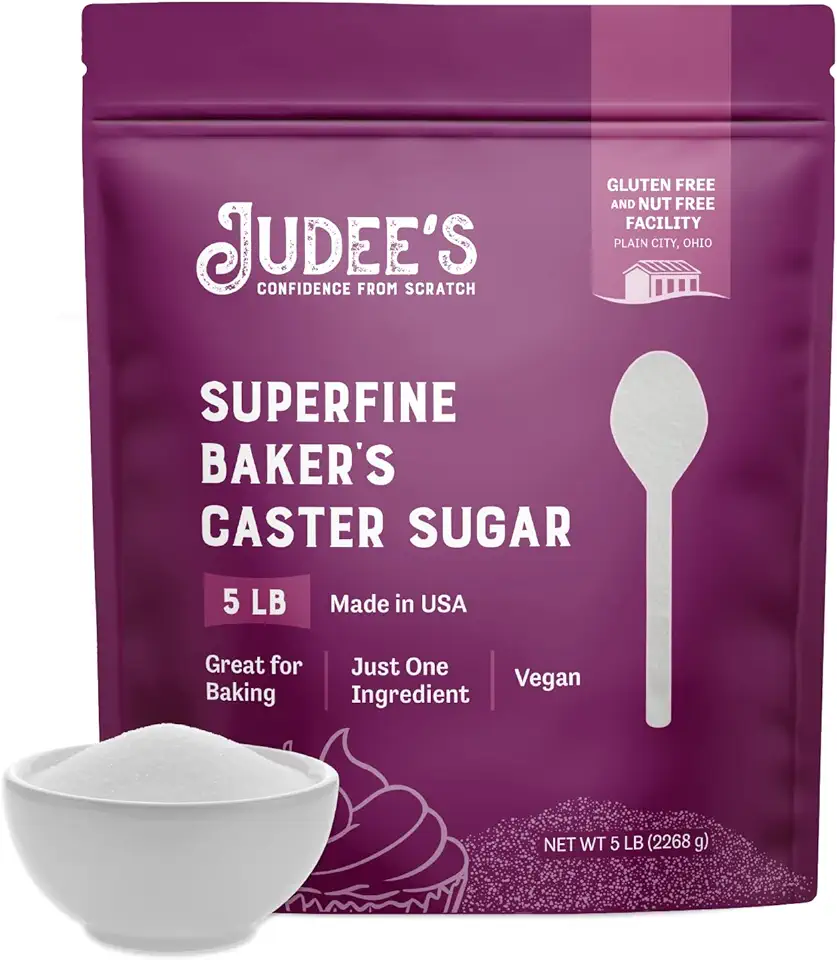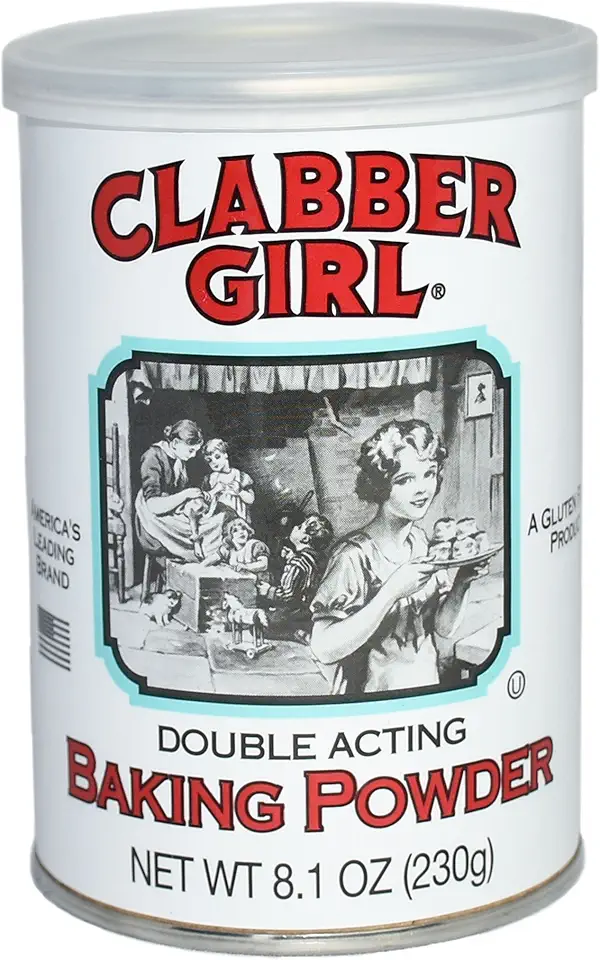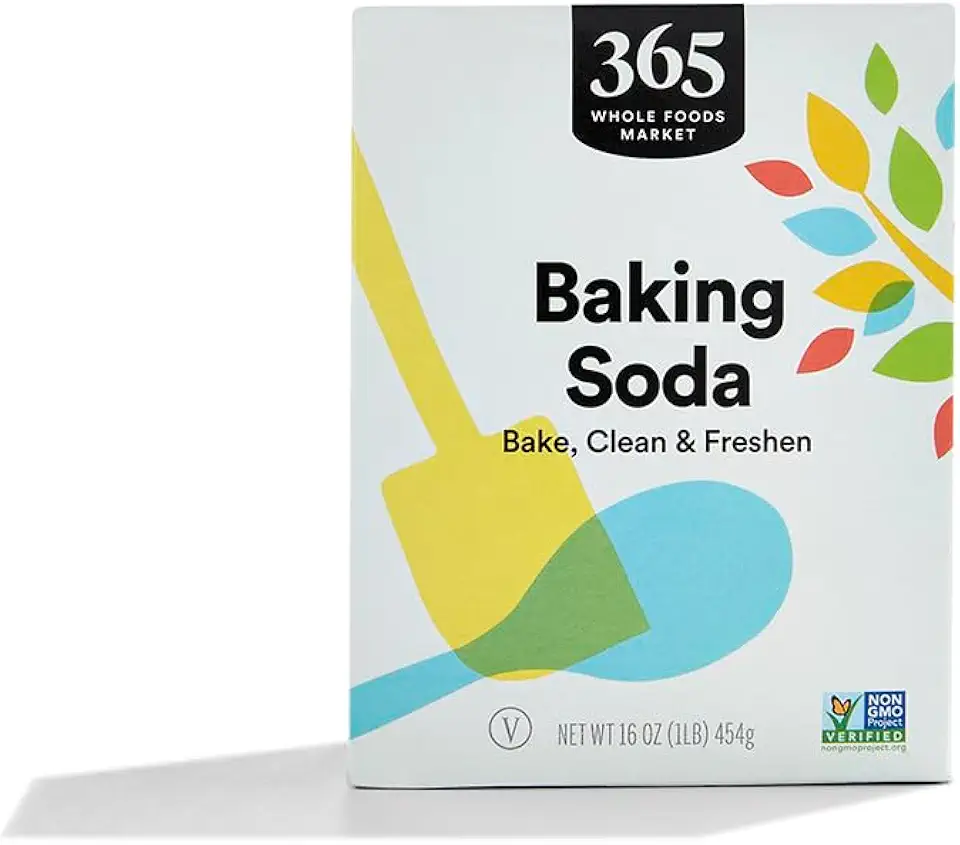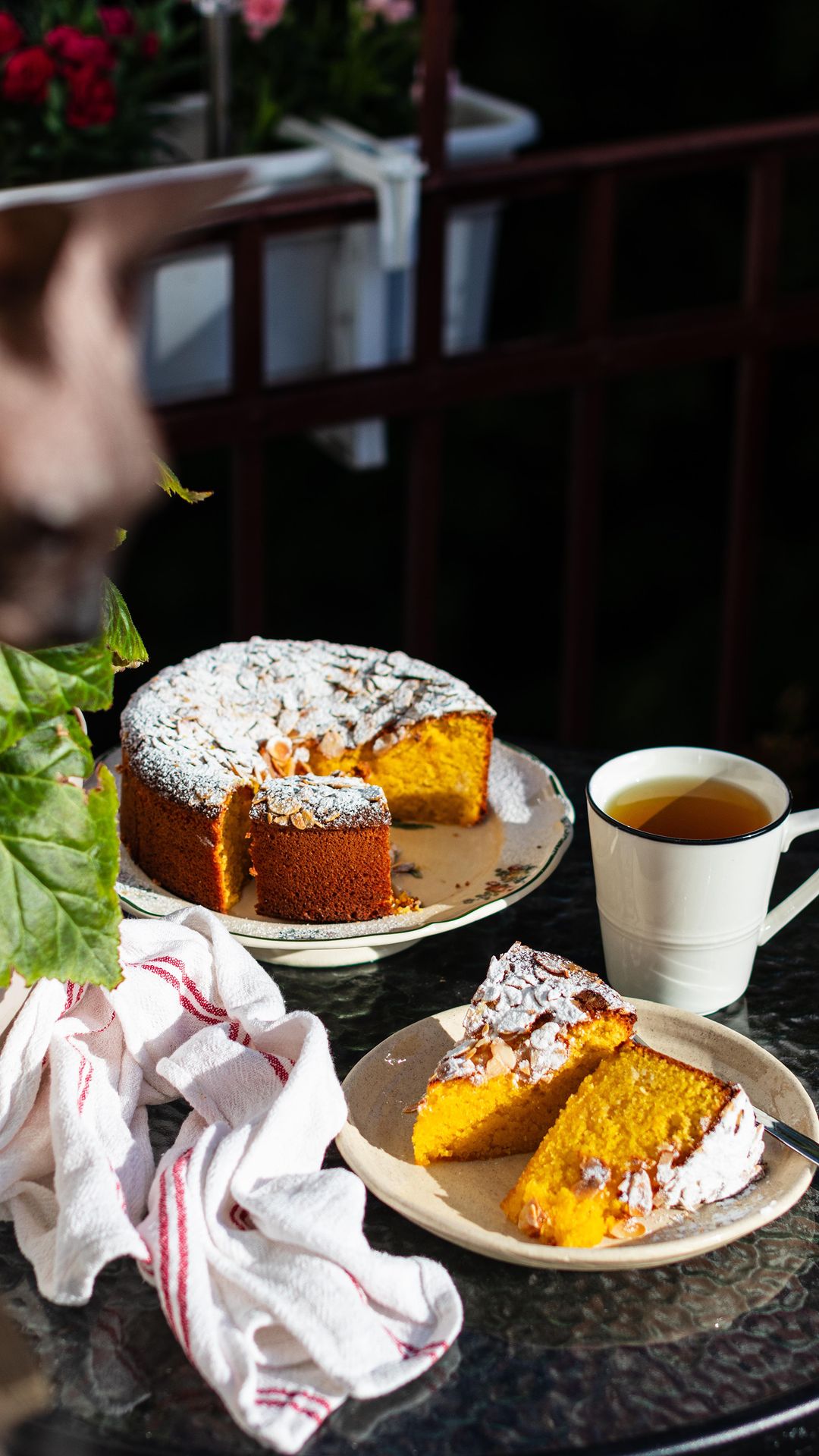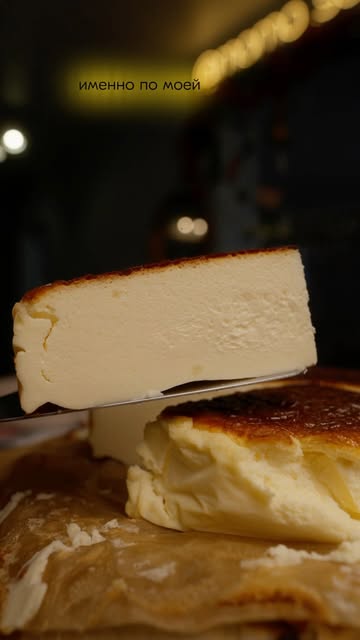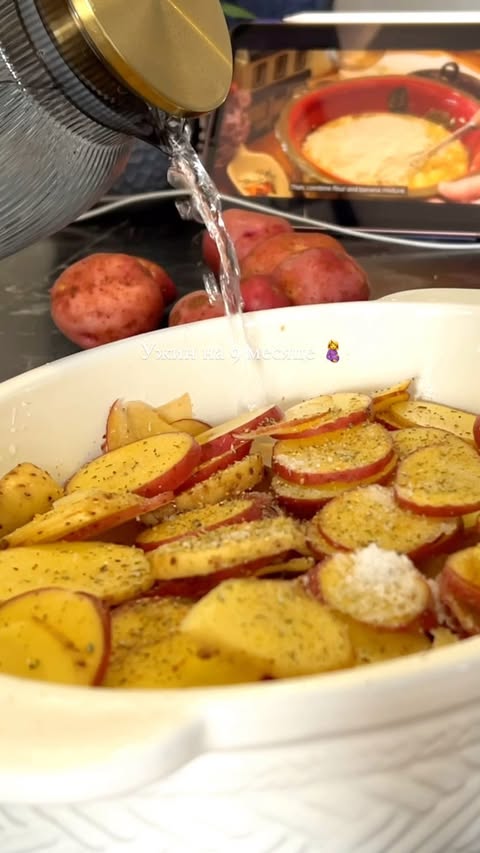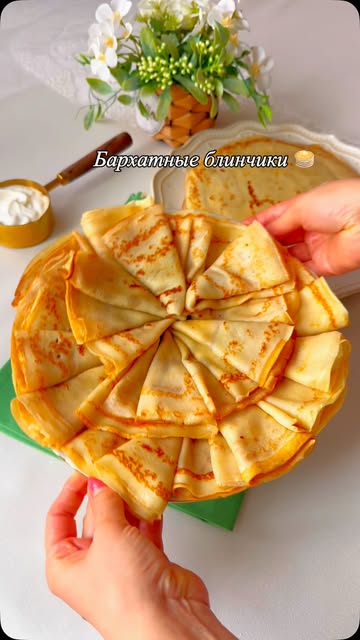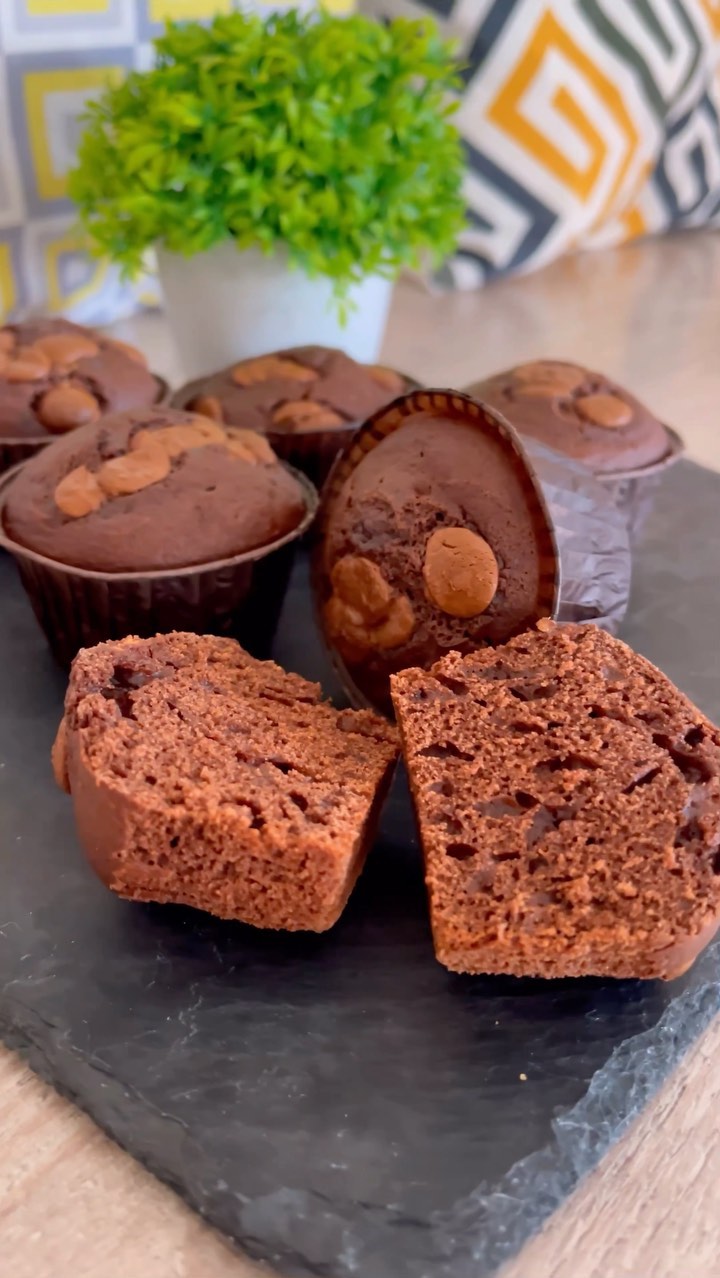Ingredients
Wet Ingredients
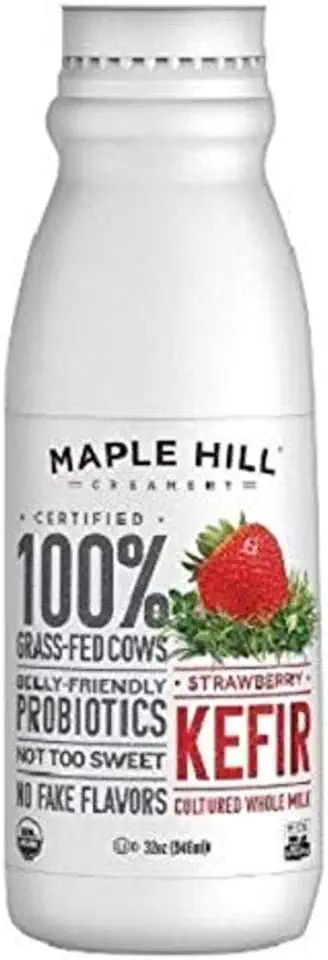 Maple Hill Creamery Kefir, Strawberry, 32 Ounce (Pack of 6)
$62.11
View details
Prime
Maple Hill Creamery Kefir, Strawberry, 32 Ounce (Pack of 6)
$62.11
View details
Prime
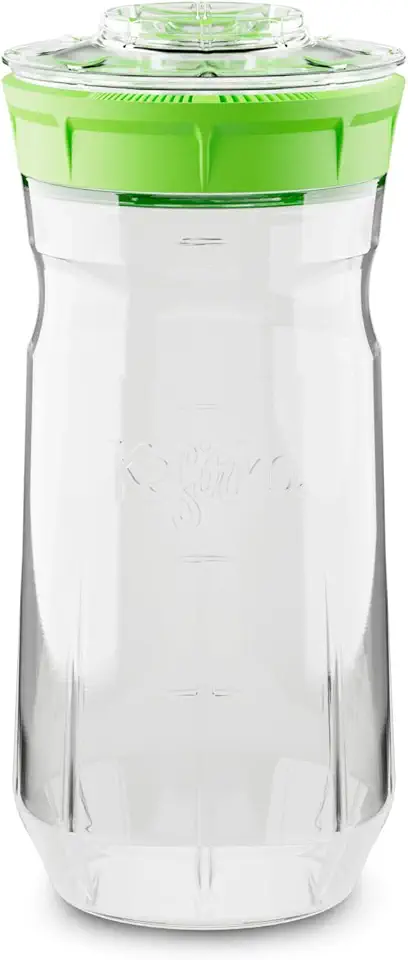 Kefirko Complete Kefir Starter Kit - Water & Milk Fermentation Kit - Easily Make Kefir at Home (1.4 Litres) (Green)
$36.99
View details
Prime
Kefirko Complete Kefir Starter Kit - Water & Milk Fermentation Kit - Easily Make Kefir at Home (1.4 Litres) (Green)
$36.99
View details
Prime
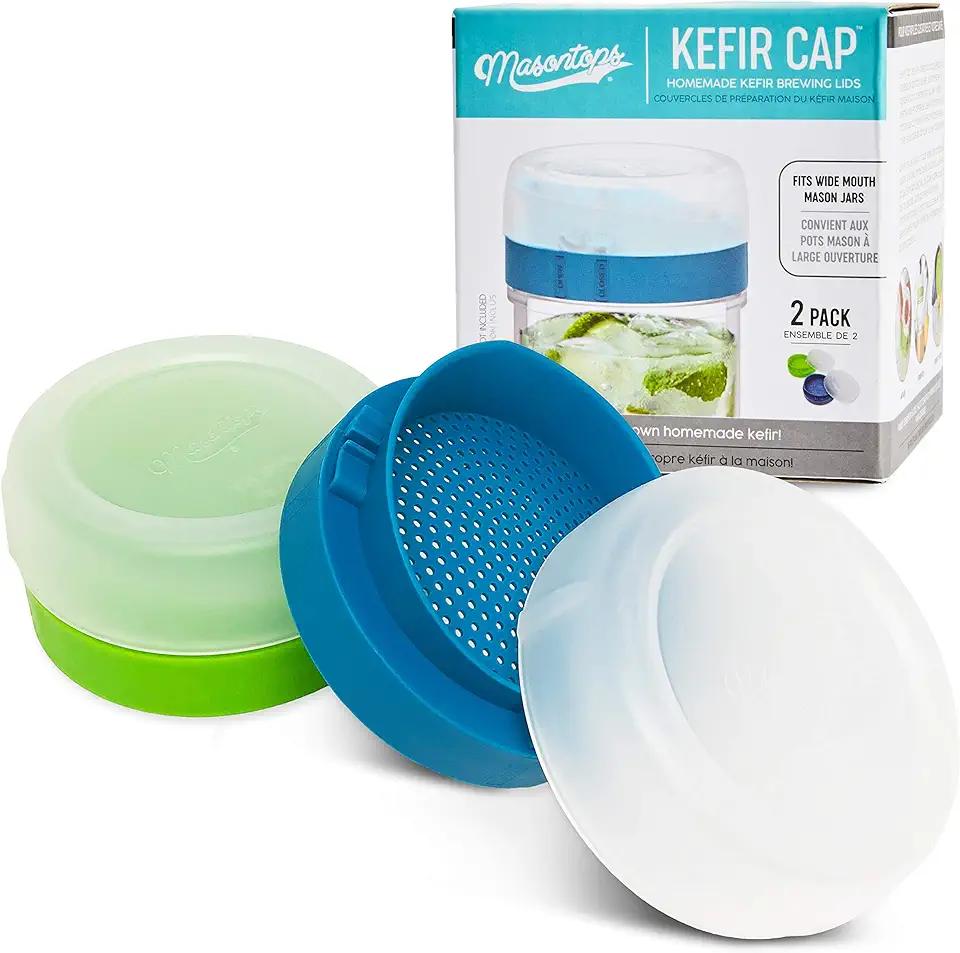 Masontops kefir lid mason jar lids wide mouth mason jar lids living culture grain drainer starter kit for home fermentation 2 packs
$14.99
View details
Masontops kefir lid mason jar lids wide mouth mason jar lids living culture grain drainer starter kit for home fermentation 2 packs
$14.99
View details
Dry Ingredients
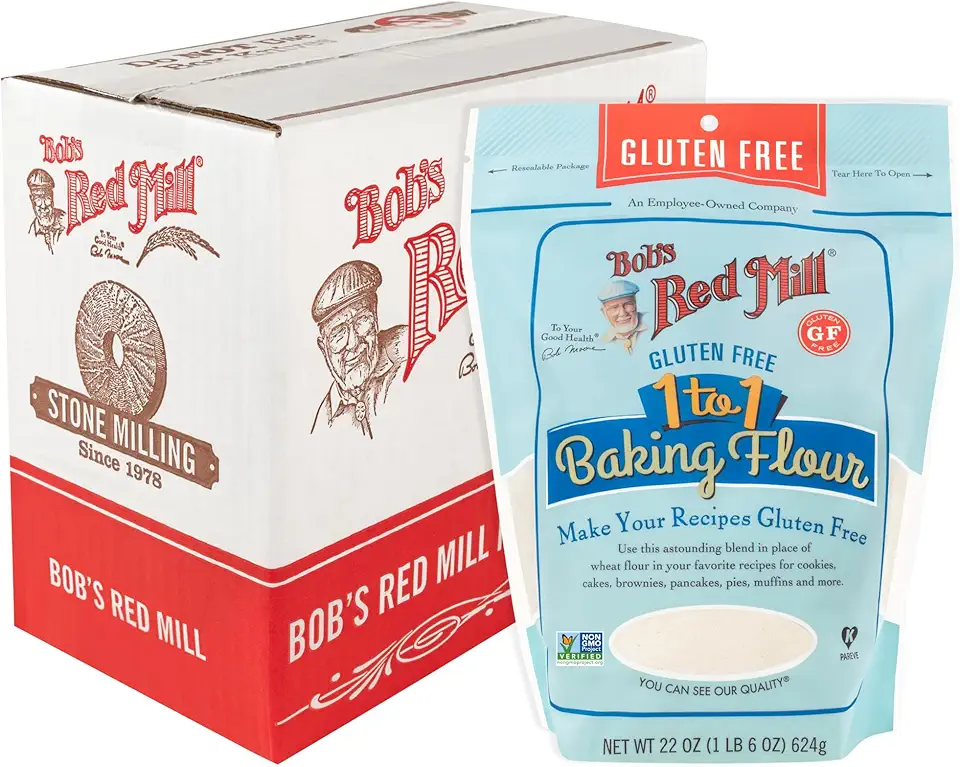 Bob's Red Mill Gluten Free 1-to-1 Baking Flour, 22 Ounce (Pack of 4)
$23.96
View details
Prime
Bob's Red Mill Gluten Free 1-to-1 Baking Flour, 22 Ounce (Pack of 4)
$23.96
View details
Prime
 Antimo Caputo Chefs Flour - Italian Double Zero 00 - Soft Wheat for Pizza Dough, Bread, & Pasta, 2.2 Lb (Pack of 2)
$16.99
View details
Prime
best seller
Antimo Caputo Chefs Flour - Italian Double Zero 00 - Soft Wheat for Pizza Dough, Bread, & Pasta, 2.2 Lb (Pack of 2)
$16.99
View details
Prime
best seller
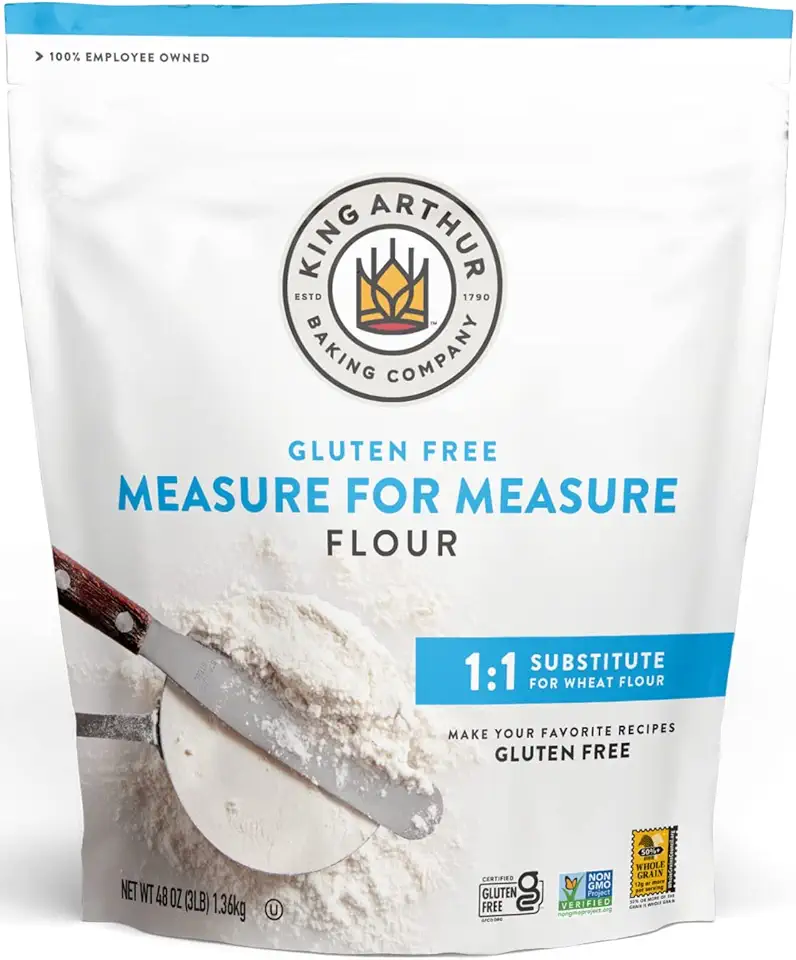 King Arthur, Measure for Measure Flour, Certified Gluten-Free, Non-GMO Project Verified, Certified Kosher, 3 Pounds, Packaging May Vary
$8.62
View details
King Arthur, Measure for Measure Flour, Certified Gluten-Free, Non-GMO Project Verified, Certified Kosher, 3 Pounds, Packaging May Vary
$8.62
View details
 Nielsen-Massey Pure Vanilla Bean Paste for Baking and Cooking, 4 Ounce Jar
$18.92
View details
Prime
Nielsen-Massey Pure Vanilla Bean Paste for Baking and Cooking, 4 Ounce Jar
$18.92
View details
Prime
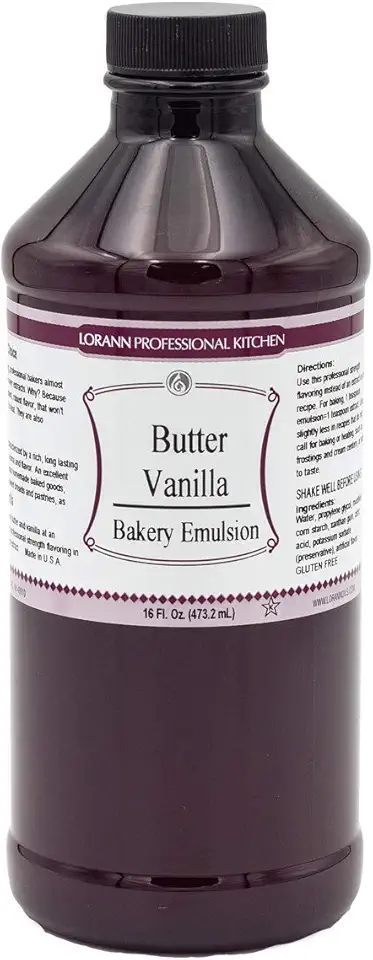 LorAnn Butter Vanilla Bakery Emulsion, 16 ounce bottle
$18.90
$20.32
View details
Prime
best seller
LorAnn Butter Vanilla Bakery Emulsion, 16 ounce bottle
$18.90
$20.32
View details
Prime
best seller
 Watkins All Natural Original Gourmet Baking Vanilla, with Pure Vanilla Extract, 11 Fl Oz (Pack of 1) - Packaging May Vary
$12.35
View details
Watkins All Natural Original Gourmet Baking Vanilla, with Pure Vanilla Extract, 11 Fl Oz (Pack of 1) - Packaging May Vary
$12.35
View details
Instructions
Step 1
In a large bowl, crack the **2 large eggs** into it. Then, add **200 milliliters of kefir** and **100 milliliters of vegetable oil**. Mix these ingredients together until they are **well combined** and smooth.
Step 2
In a separate bowl, mix together **100 grams of sugar**, **500 grams of all-purpose flour**, **vanillin** to taste, a pinch of salt, and **baking powder**. Make sure this mixture is **well blended** to ensure an even distribution of the ingredients.
Step 3
Gradually pour the **dry ingredient mixture** into the **wet ingredients** bowl. Stir the mixture together gently until it forms a **soft dough**. Avoid over-mixing, as this can affect the texture of your cookies.
Step 4
Preheat your oven to **180 degrees Celsius (356 degrees Fahrenheit)**. On a lined baking sheet, drop spoonfuls of cookie dough, leaving enough space between them. Bake the cookies in the preheated oven for **15 to 20 minutes** or until they are **golden brown** on the edges.
Step 5
Once baked, remove the cookies from the oven and let them cool on a wire rack. Serve them warm or store them for later. Enjoy your delicious homemade kefir cookies!
Servings
Equipment
A good mixing bowl helps you easily combine your ingredients. Consider using glass or stainless steel for durability.
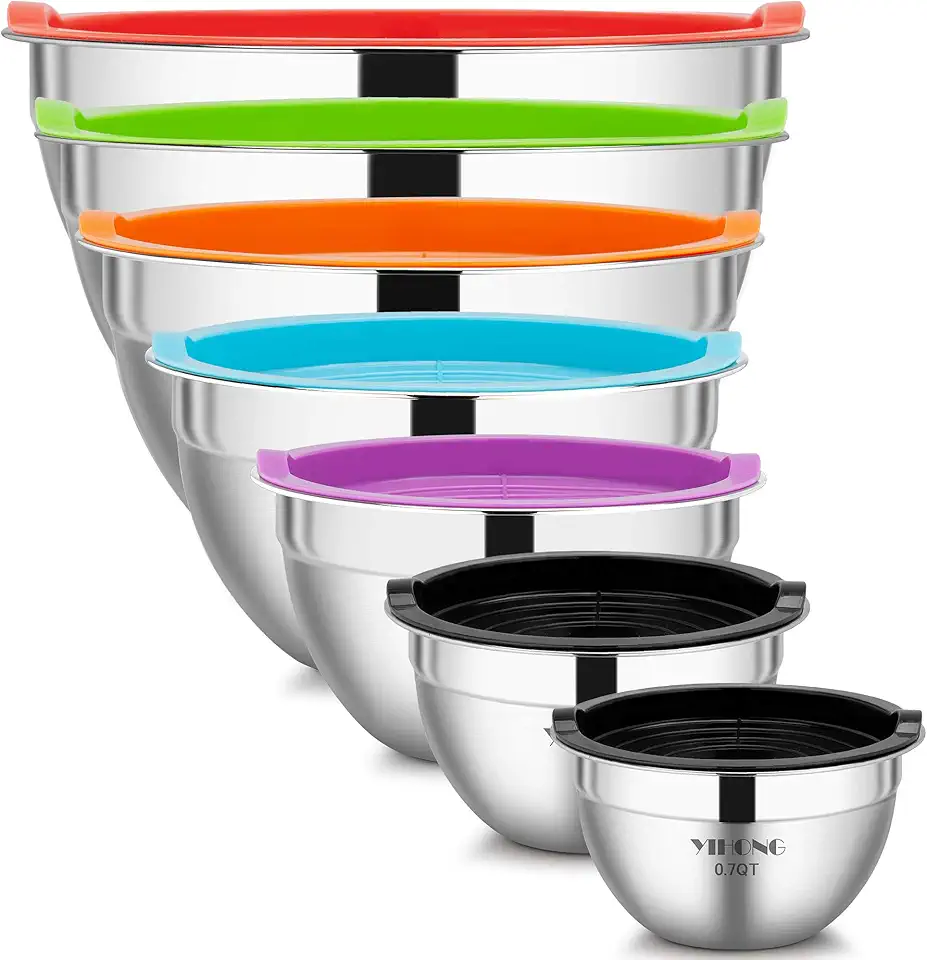 YIHONG 7 Piece Mixing Bowls with Lids for Kitchen, Stainless Steel Mixing Bowls Set Ideal for Baking, Prepping, Cooking and Serving Food, Nesting Metal Mixing Bowls for Space Saving Storage
$27.99
$35.99
View details
Prime
best seller
YIHONG 7 Piece Mixing Bowls with Lids for Kitchen, Stainless Steel Mixing Bowls Set Ideal for Baking, Prepping, Cooking and Serving Food, Nesting Metal Mixing Bowls for Space Saving Storage
$27.99
$35.99
View details
Prime
best seller
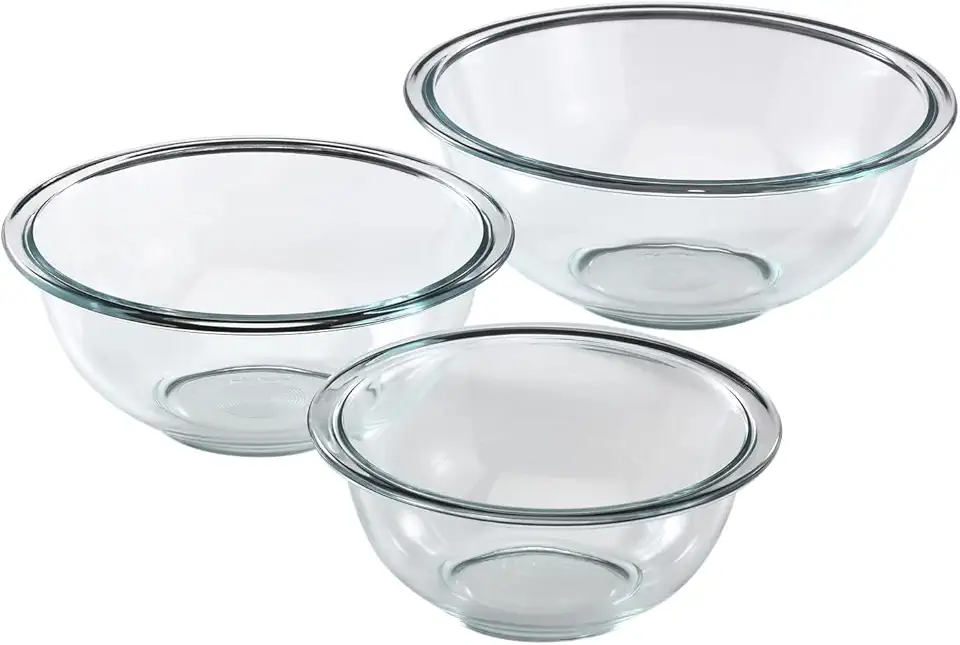 Pyrex Glass, 3-Piece, 3 PC Mixing Bowl Set
$17.53
View details
Prime
Pyrex Glass, 3-Piece, 3 PC Mixing Bowl Set
$17.53
View details
Prime
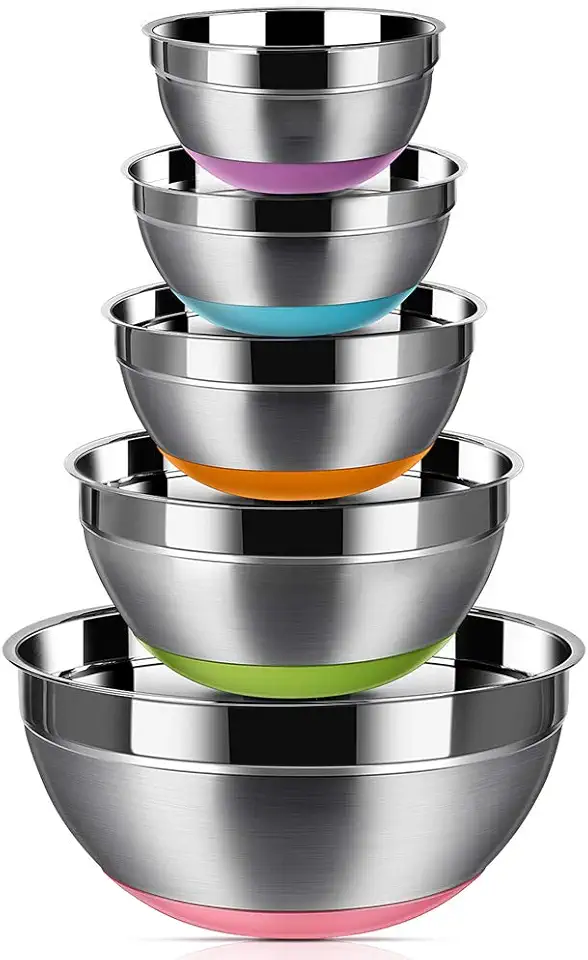 REGILLER Stainless Steel Mixing Bowls (Set of 5), Non Slip Colorful Silicone Bottom Nesting Storage Bowls, Polished Mirror Finish For Healthy Meal Mixing and Prepping 1.5-2 - 2.5-3.5 - 7QT (Colorful)
$26.99
View details
REGILLER Stainless Steel Mixing Bowls (Set of 5), Non Slip Colorful Silicone Bottom Nesting Storage Bowls, Polished Mirror Finish For Healthy Meal Mixing and Prepping 1.5-2 - 2.5-3.5 - 7QT (Colorful)
$26.99
View details
Get accurate measurements for your ingredients. This ensures your cookies turn out perfectly every time.
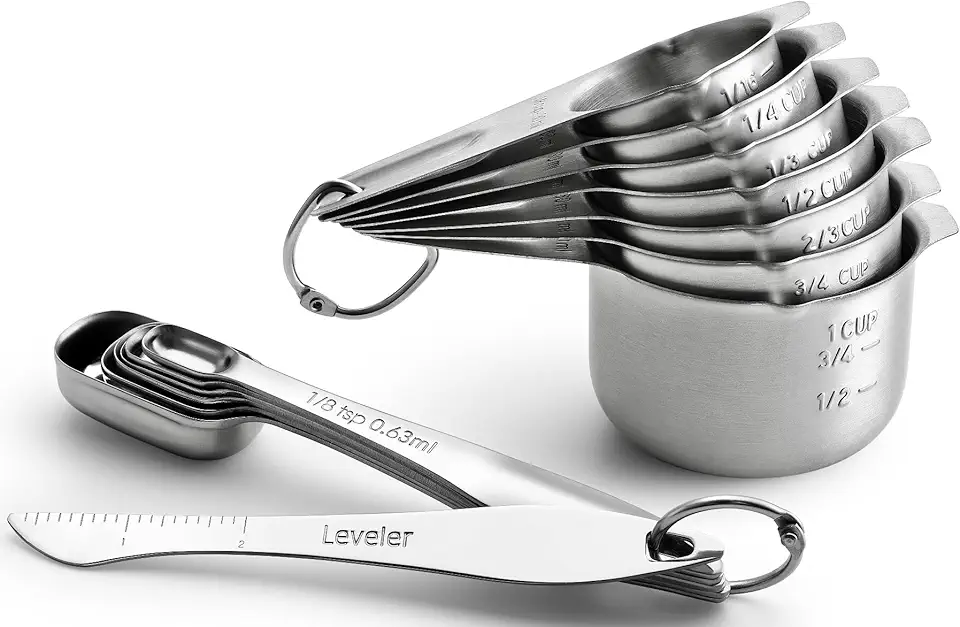 Spring Chef Stainless Steel Measuring Cups and Measuring Spoons Set of 14 with Leveler, Nesting Kitchen Metal Measuring Cups and Spoons Set for Dry and Liquid Ingredients, Perfect for Cooking & Baking
$21.99
View details
Prime
Spring Chef Stainless Steel Measuring Cups and Measuring Spoons Set of 14 with Leveler, Nesting Kitchen Metal Measuring Cups and Spoons Set for Dry and Liquid Ingredients, Perfect for Cooking & Baking
$21.99
View details
Prime
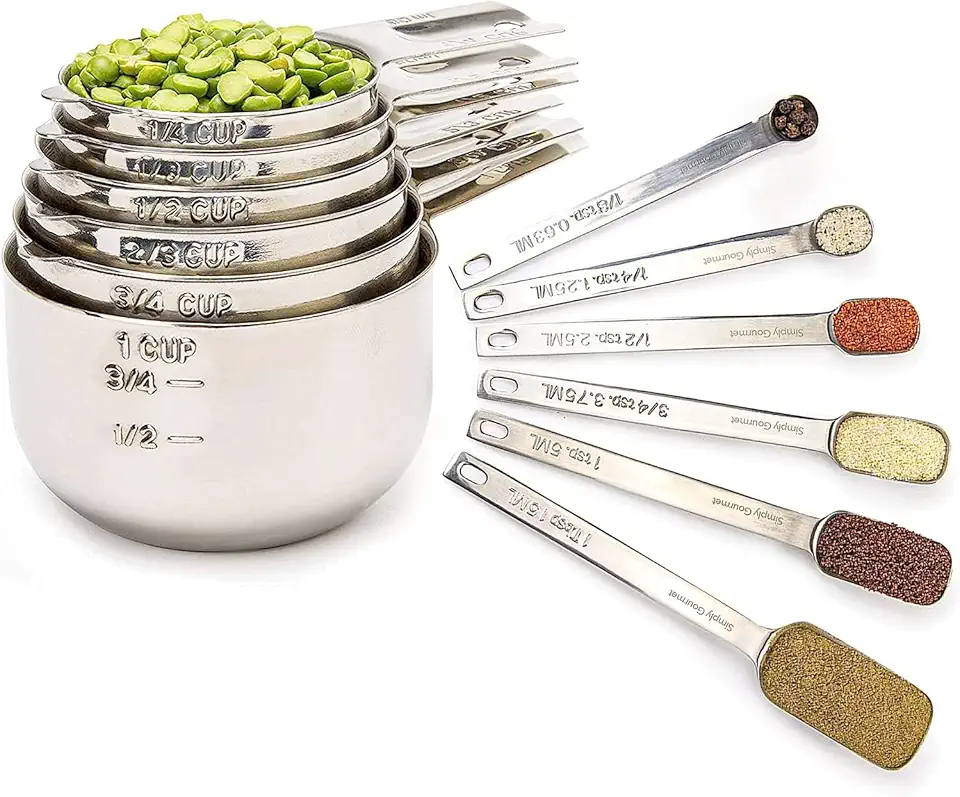 Simply Gourmet Measuring Cups and Spoons Set of 12, 304 Premium Stainless Steel, Stackable Cups Long Handle Spoons Fits Narrow Jars, Kitchen Gadgets for Liquid & Dry Ingredients Cooking Baking
$32.98
$45.99
View details
Prime
Simply Gourmet Measuring Cups and Spoons Set of 12, 304 Premium Stainless Steel, Stackable Cups Long Handle Spoons Fits Narrow Jars, Kitchen Gadgets for Liquid & Dry Ingredients Cooking Baking
$32.98
$45.99
View details
Prime
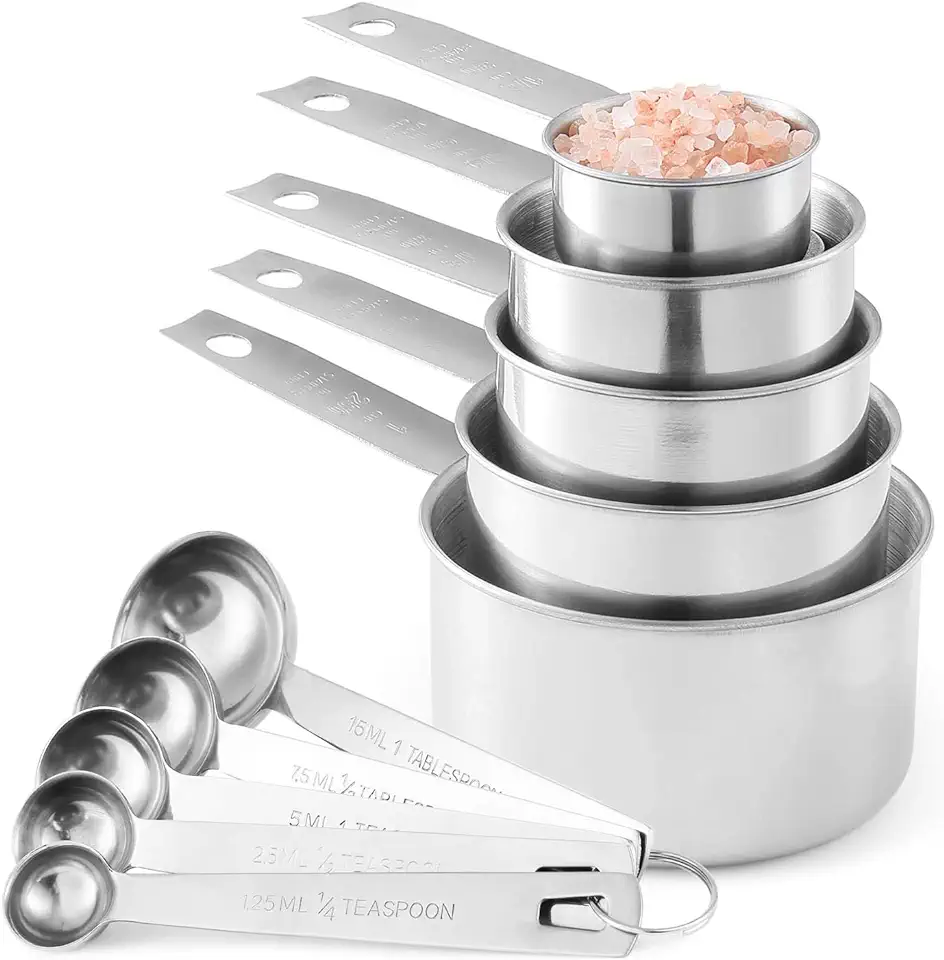 Stainless Steel Measuring Cups And Measuring Spoons 10-Piece Set, 5 Cups And 5 Spoons
$13.95
$17.98
View details
Stainless Steel Measuring Cups And Measuring Spoons 10-Piece Set, 5 Cups And 5 Spoons
$13.95
$17.98
View details
Choose a heavy-duty baking sheet to avoid warping. Lining it with parchment paper makes for an easy release after baking!
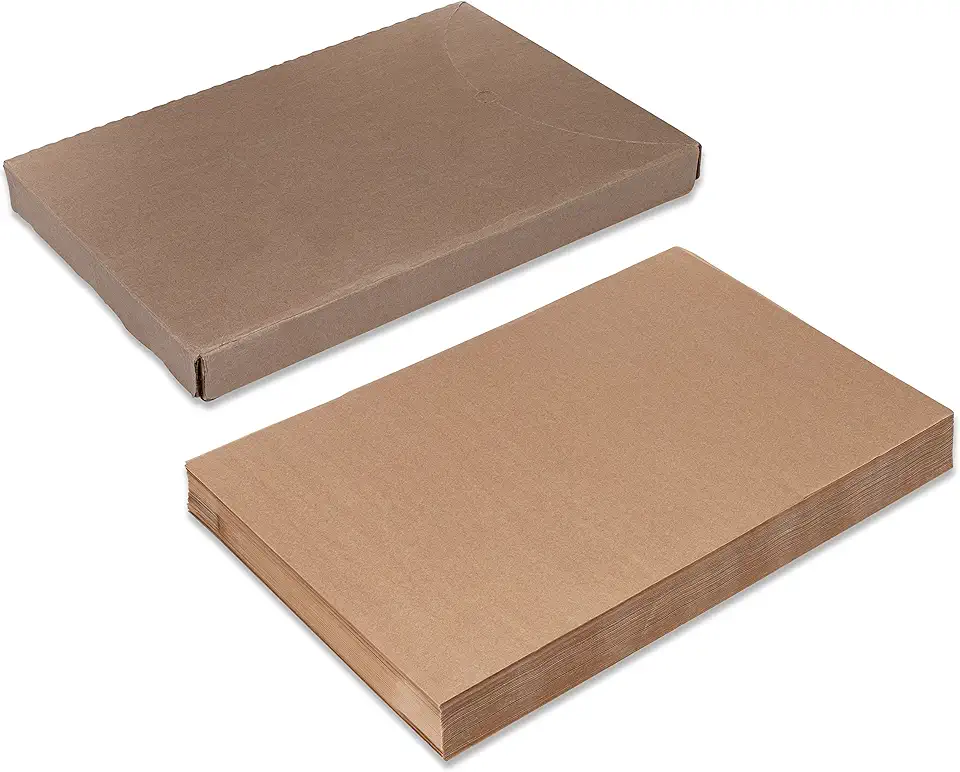 Paterson Paper 16" x 24" Full Size Unbleached Chromium-Free Reusable Baking Parchment Paper Sheets Commercial Bun/Sheet Pan Liners - 1000/Case - 425F - Non-Stick/Grease-Resistant
$169.58
View details
Prime
best seller
Paterson Paper 16" x 24" Full Size Unbleached Chromium-Free Reusable Baking Parchment Paper Sheets Commercial Bun/Sheet Pan Liners - 1000/Case - 425F - Non-Stick/Grease-Resistant
$169.58
View details
Prime
best seller
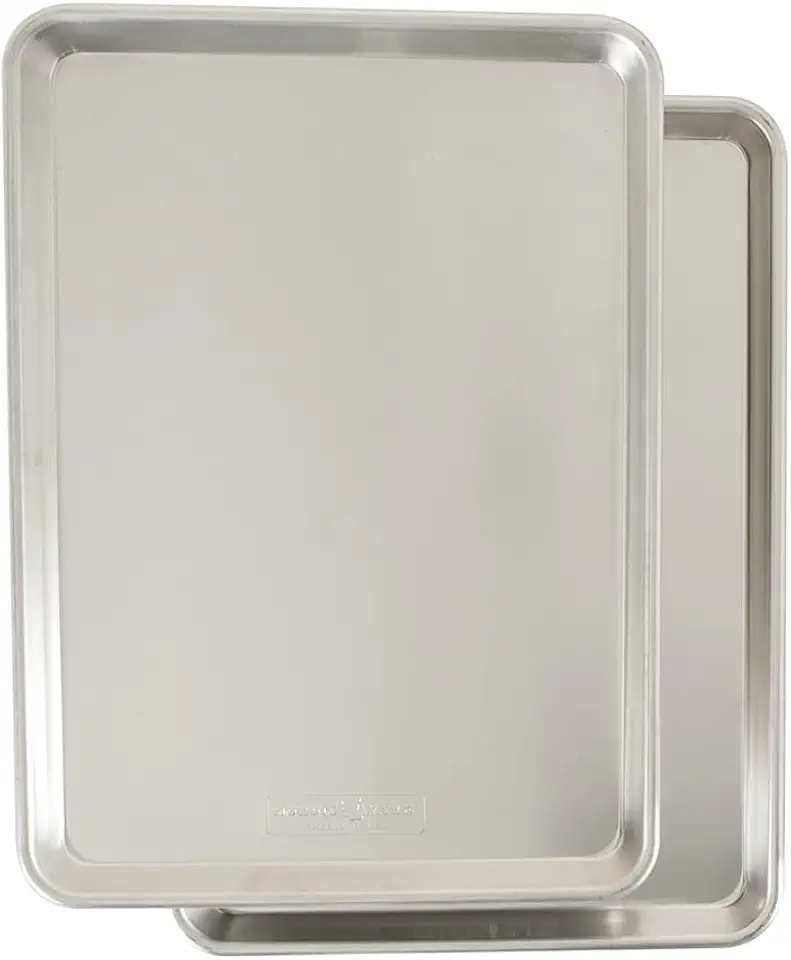 Nordic Ware Naturals Half Sheet, 2-Pack, Natural
$37.80
View details
Prime
Nordic Ware Naturals Half Sheet, 2-Pack, Natural
$37.80
View details
Prime
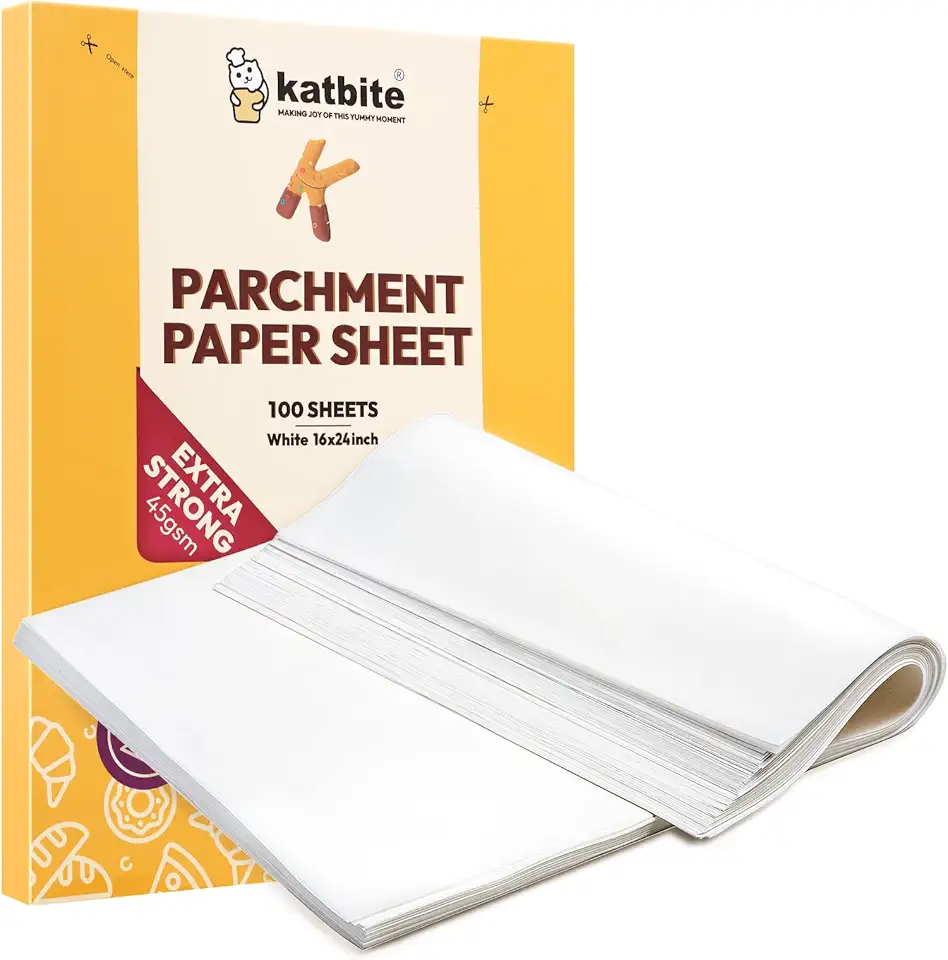 Katbite 16x24 inch Heavy Duty Parchment Paper Sheets, 100Pcs Precut Non-Stick Full Parchment Sheets for Baking, Cooking, Grilling, Frying and Steaming, Full Sheet Baking Pan Liners, Commercial Baking
$18.99
$25.99
View details
Katbite 16x24 inch Heavy Duty Parchment Paper Sheets, 100Pcs Precut Non-Stick Full Parchment Sheets for Baking, Cooking, Grilling, Frying and Steaming, Full Sheet Baking Pan Liners, Commercial Baking
$18.99
$25.99
View details
A whisk is great for blending wet ingredients thoroughly. This helps create a smooth batter without lumps.
 OXO Good Grips 11-Inch Balloon Whisk
$10.93
$11.95
View details
Prime
best seller
OXO Good Grips 11-Inch Balloon Whisk
$10.93
$11.95
View details
Prime
best seller
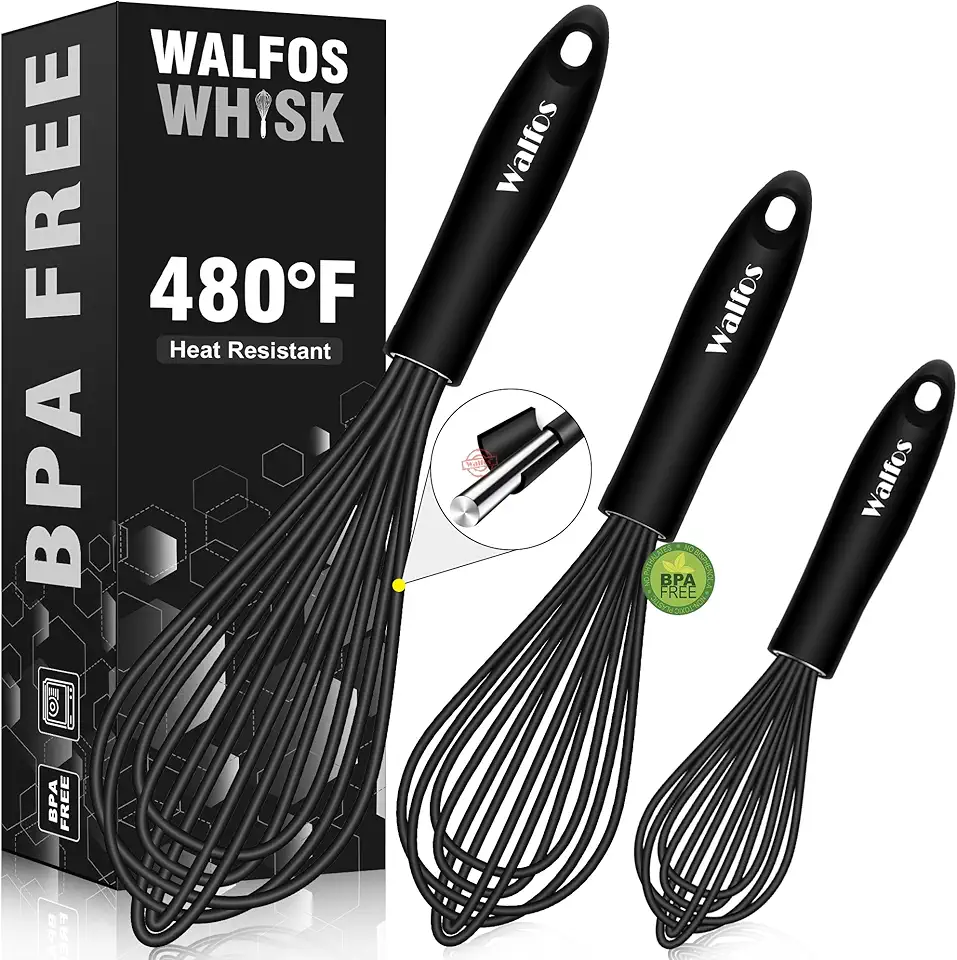 Walfos Silicone Whisk,Stainless Steel Wire Whisk Set of 3 -Heat Resistant 480°F Kitchen Whisks for Non-stick Cookware,Balloon Egg Beater Perfect for Blending,Whisking,Beating,Frothing & Stirring,Black
$11.89
$14.99
View details
Prime
Walfos Silicone Whisk,Stainless Steel Wire Whisk Set of 3 -Heat Resistant 480°F Kitchen Whisks for Non-stick Cookware,Balloon Egg Beater Perfect for Blending,Whisking,Beating,Frothing & Stirring,Black
$11.89
$14.99
View details
Prime
 Pack of 2 Danish Dough Whisk Blender Dutch Bread Whisk Hook Wooden Hand Mixer Sourdough Baking Tools for Cake Bread Pizza Pastry Biscuits Tool Stainless Steel Ring 13.5 inches 0.22 lb/pcs…
$9.80
$14.99
View details
Pack of 2 Danish Dough Whisk Blender Dutch Bread Whisk Hook Wooden Hand Mixer Sourdough Baking Tools for Cake Bread Pizza Pastry Biscuits Tool Stainless Steel Ring 13.5 inches 0.22 lb/pcs…
$9.80
$14.99
View details
Check your oven’s temperature for precision. Even a slight difference can affect your baking results!
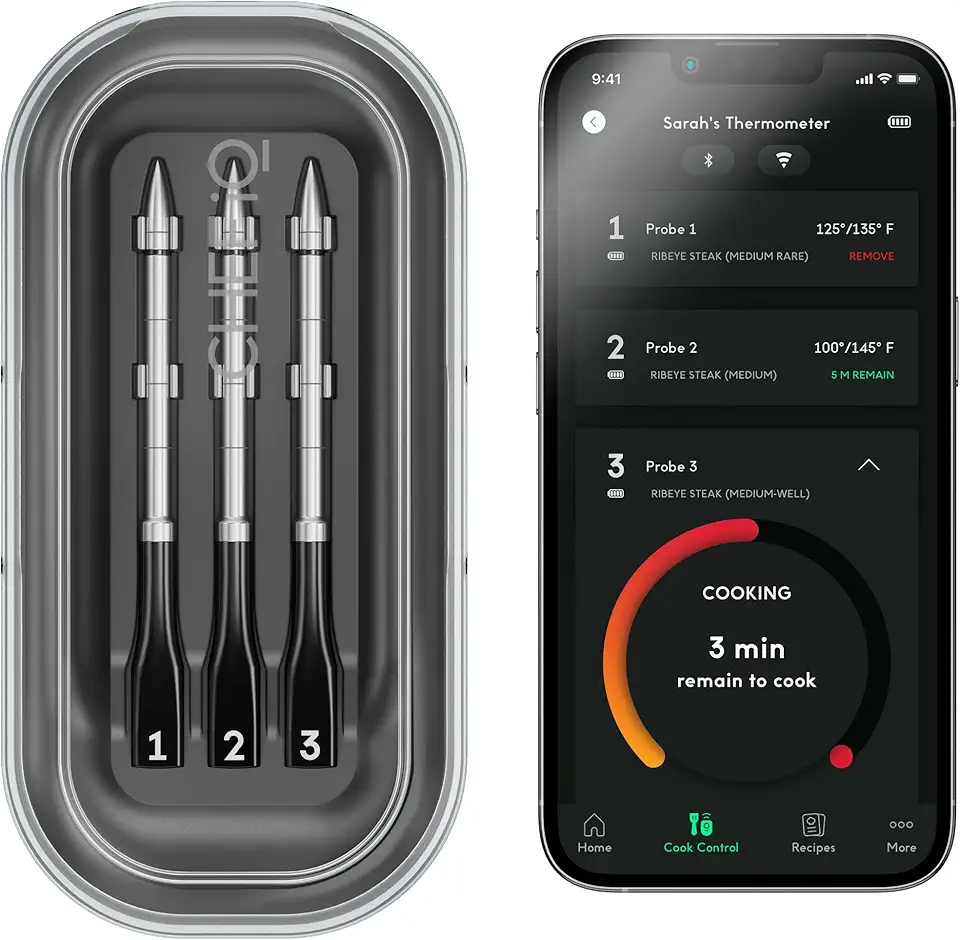 CHEF iQ Sense Smart Wireless Meat Thermometer with 3 Ultra-Thin Probes, Unlimited Range Bluetooth Meat Thermometer, Digital Food Thermometer for Remote Monitoring of BBQ Grill, Oven
$139.99
$219.99
View details
Prime
CHEF iQ Sense Smart Wireless Meat Thermometer with 3 Ultra-Thin Probes, Unlimited Range Bluetooth Meat Thermometer, Digital Food Thermometer for Remote Monitoring of BBQ Grill, Oven
$139.99
$219.99
View details
Prime
 Meat Thermometer Digital Wireless, 800FT Long Range Bluetooth Cooking Thermometer, Food Thermometer for Remote Monitoring of Grill, Oven, Smoker, Air Fryer, Rotisserie, iOS & Android App
$99.99
$139.99
View details
Prime
Meat Thermometer Digital Wireless, 800FT Long Range Bluetooth Cooking Thermometer, Food Thermometer for Remote Monitoring of Grill, Oven, Smoker, Air Fryer, Rotisserie, iOS & Android App
$99.99
$139.99
View details
Prime
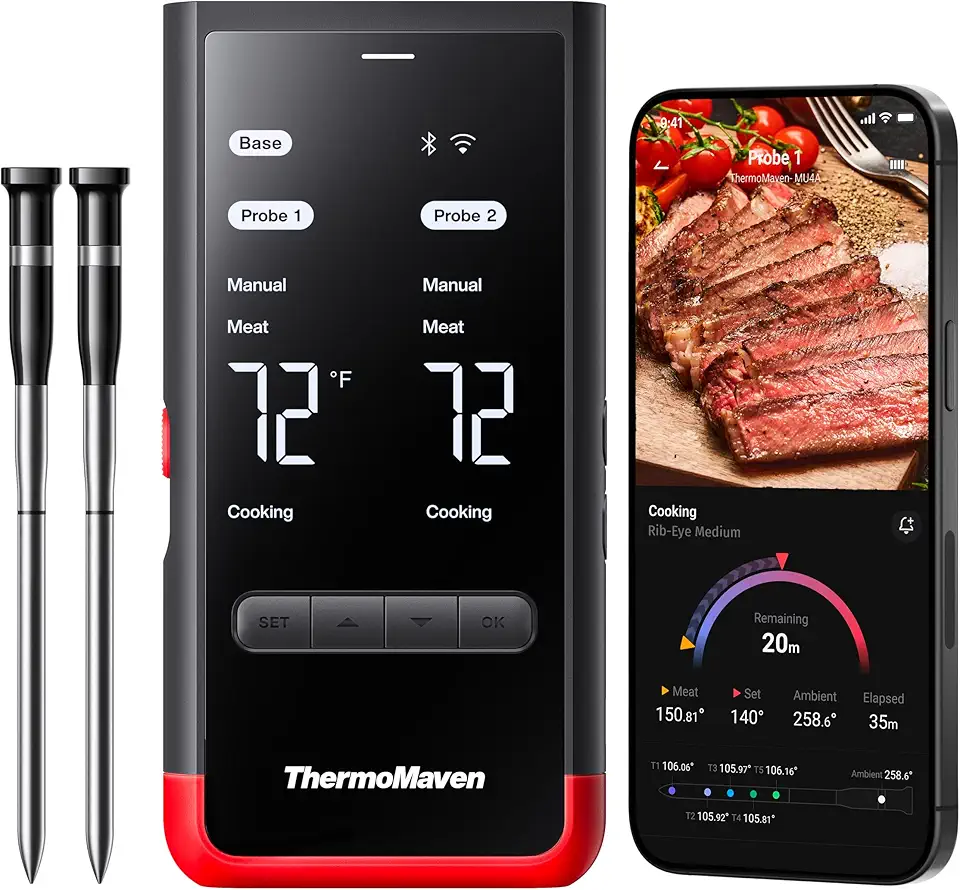 Wireless Bluetooth Smart Meat Thermometer: Standalone Base, WiFi Unlimited Range, 6 Sensors with NIST Certified Accuracy, 2 Probes, for BBQ, Grill, Oven, Smoker, Rotisserie (Red)
$120.00
$149.99
View details
Wireless Bluetooth Smart Meat Thermometer: Standalone Base, WiFi Unlimited Range, 6 Sensors with NIST Certified Accuracy, 2 Probes, for BBQ, Grill, Oven, Smoker, Rotisserie (Red)
$120.00
$149.99
View details
Variations
To make these cookies gluten-free, simply substitute the all-purpose flour with a 1:1 gluten-free flour blend. Add a teaspoon of xanthan gum to help bind the ingredients together effectively. Your cookies will bake up deliciously, with that signature softness!
Vegan Variation:For a vegan twist, replace eggs with **flax eggs** (1 tablespoon of ground flaxseed mixed with 2.5 tablespoons of water = 1 egg). Use vegetable oil for a rich texture and ensure that your kefir is plant-based. You’ll have cookies that everyone can enjoy, without sacrificing taste and flavor! 🌱
Faq
- Why is my dough too sticky?
If your dough is too sticky, try adding a little more flour, a tablespoon at a time, until it reaches a manageable consistency. Remember that humidity can affect your dough!
- How can I tell when my cookies are done?
Cookies are done when the edges are lightly golden and the center still looks a bit soft. They will continue to firm up as they cool.
- Can I freeze the cookie dough?
Absolutely! You can freeze the dough for up to 3 months. Just wrap it tightly in plastic wrap and place it in an airtight container. Thaw it in the fridge overnight before baking!
- What can I add for extra flavor?
You can add chocolate chips, nuts, or dried fruits to the dough for an extra burst of flavor. Experiment to find your favorite combination!
- How do I prevent my cookies from spreading too much?
Chilling the dough for at least 30 minutes before baking can prevent spreading. Also, make sure your baking sheet is cool before placing the dough on it.
- Can I substitute kefir with yogurt?
Yes, you can substitute kefir with plain yogurt for a similar consistency. The result will still be delicious!

